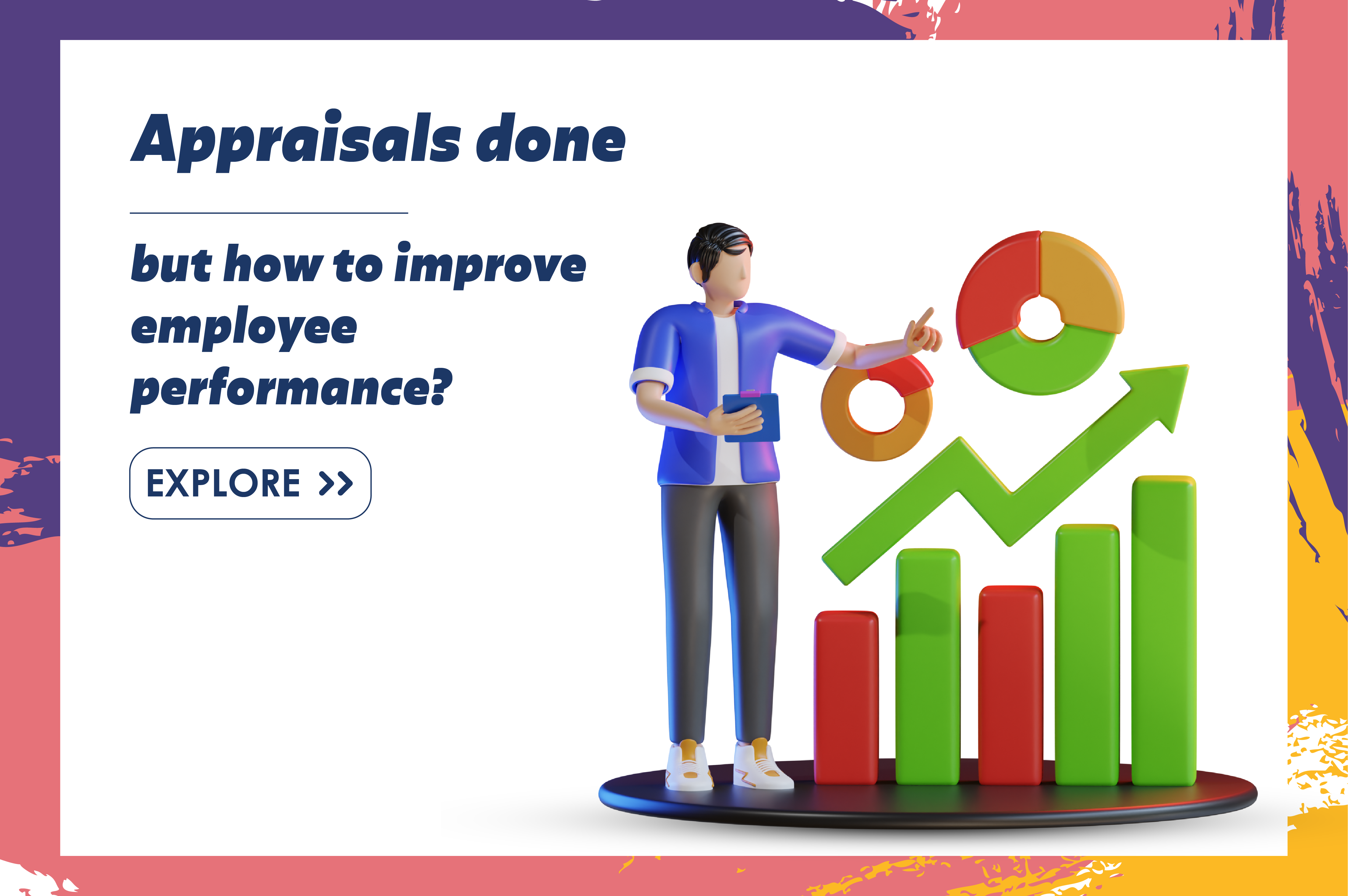Most organizations carry out performance reviews and appraisals in March and April. However, most companies are clueless when it comes to addressing employees with poor performance ratings. Good performers get rewards and recognition, but what about those unable to meet their expectations? It is equally important to lift their spirits and motivate them to perform better in the coming quarters.
But the question remains- how?
Human Resources (HR) department plays a crucial role in dealing with conflicts between employees and managers or taking disciplinary actions against deliberate non-performers. Termination is not always the solution. So, the HR department can help the organization with Performance Improvement Plans (PIPs) to bring struggling employees back on track.
Benefits of PIPs:
- Helps placate the worsening situation.
- Addresses chronic difficulties faced by employees.
- Finds potential solutions for conflicts between employees and managers.
- Identifies and provides support & resources to employees for improvement.
What does a robust PIP look like?
- It documents circumstances, the manager’s concerns, and the employee’s response for a complete understanding of the problem.
- It charts out employees’ rights and duties.
- It aims to identify employee skill gaps and points out training that might help.
- It also considers the support the manager might require during the process.
- It involves an action plan for both manager and the employee.
- It mentions reasonable expectations from the employee.
- It mentions follow-up plans with performance milestones within stipulated timelines.
- Most importantly, it covers the consequences if the efforts do not bear fruit.
However, considering every employee’s diverse needs, PIP must be customized. There cannot be a standard PIP for everyone in the organization. Situations that led to poor employee performance should also be taken into consideration. Here are some best practices to incorporate into making an effective Performance Improvement Plan.
– Write clearly about expected behaviour or performance after PIP’s execution.
– It is always wise to cite examples of objectionable behaviour and poor performance to help the employee understand the situation.
– Allow them to express their viewpoint for the stated behaviour or deteriorated performance.
– Create a written plan that defines measurable goals and timelines.
– Review the progress at regular intervals.
Organizations should remember that quarterly or yearly performance assessment aims not to punish but to boost the employee’s growth. It is always wise to balance the negatives with some positives. Or else it may break the employee’s morale. This is not possible without addressing the underlying issues that impact employee performance.
These issues become overwhelming for small and medium organizations that do not have a dedicated HR department to tackle these issues. The solution is outsourcing HR services to virtual HR firms like Huminivex and availing their turn-key HR services. This may help organizations create an ethical work culture and easily overcome such hurdles.


